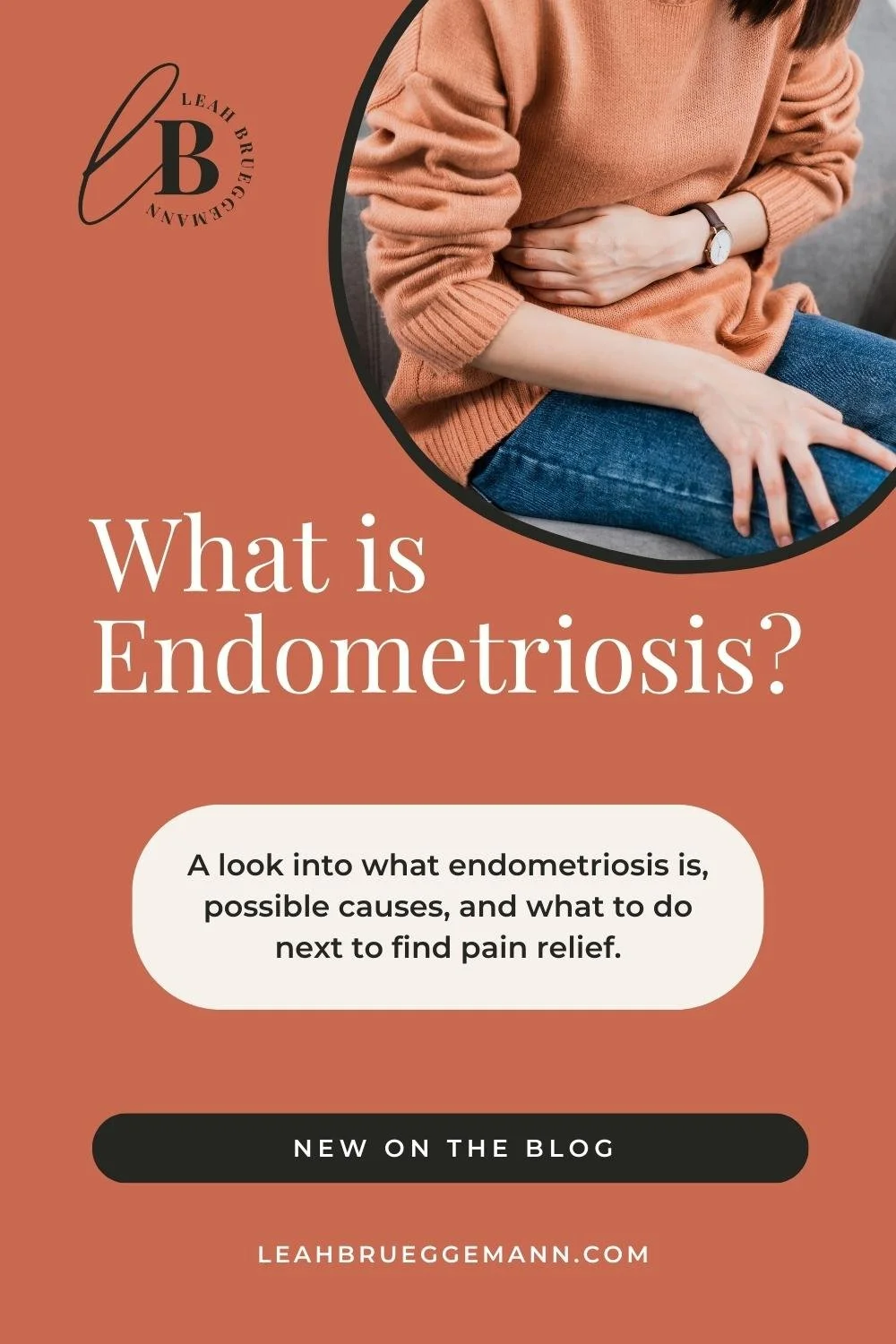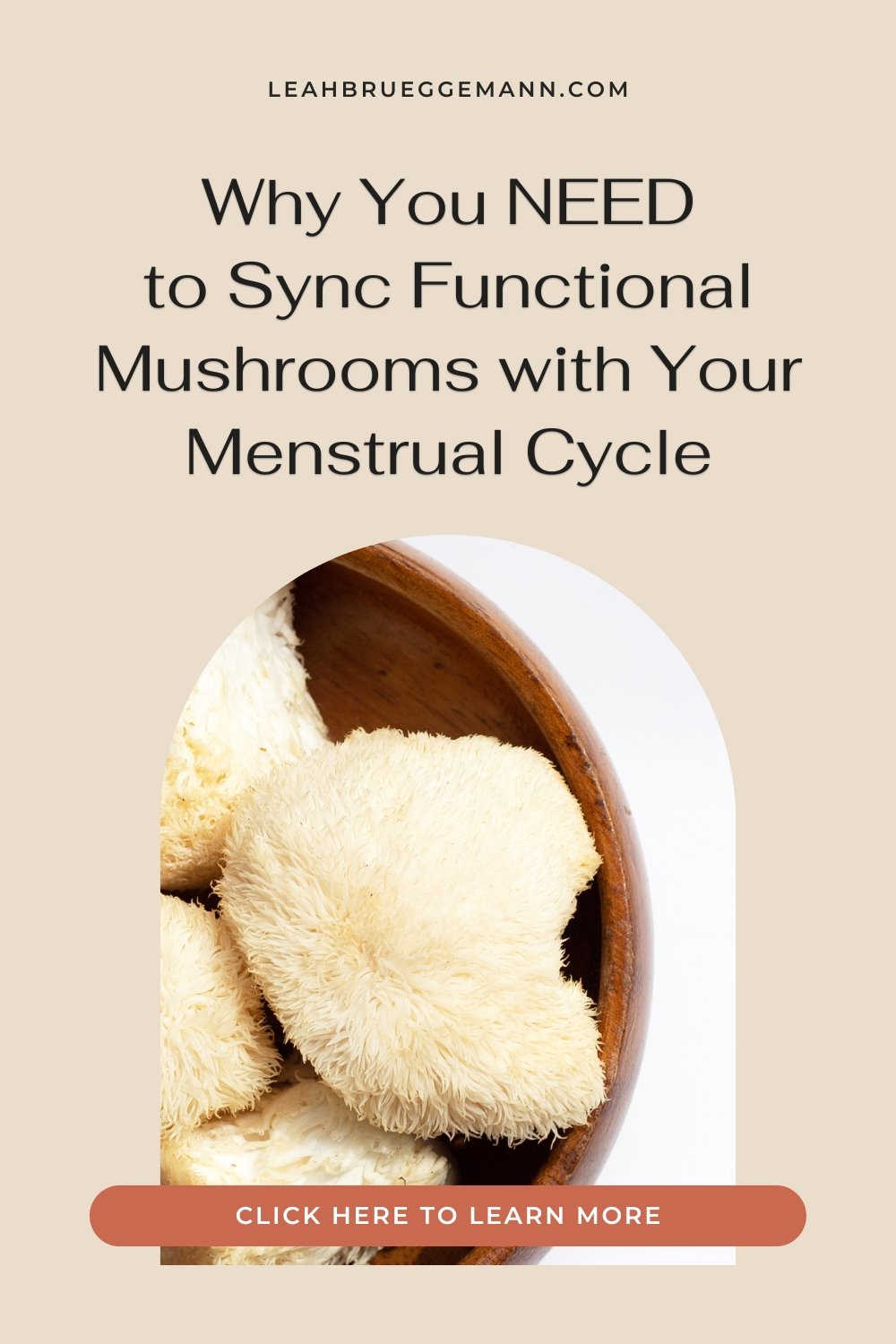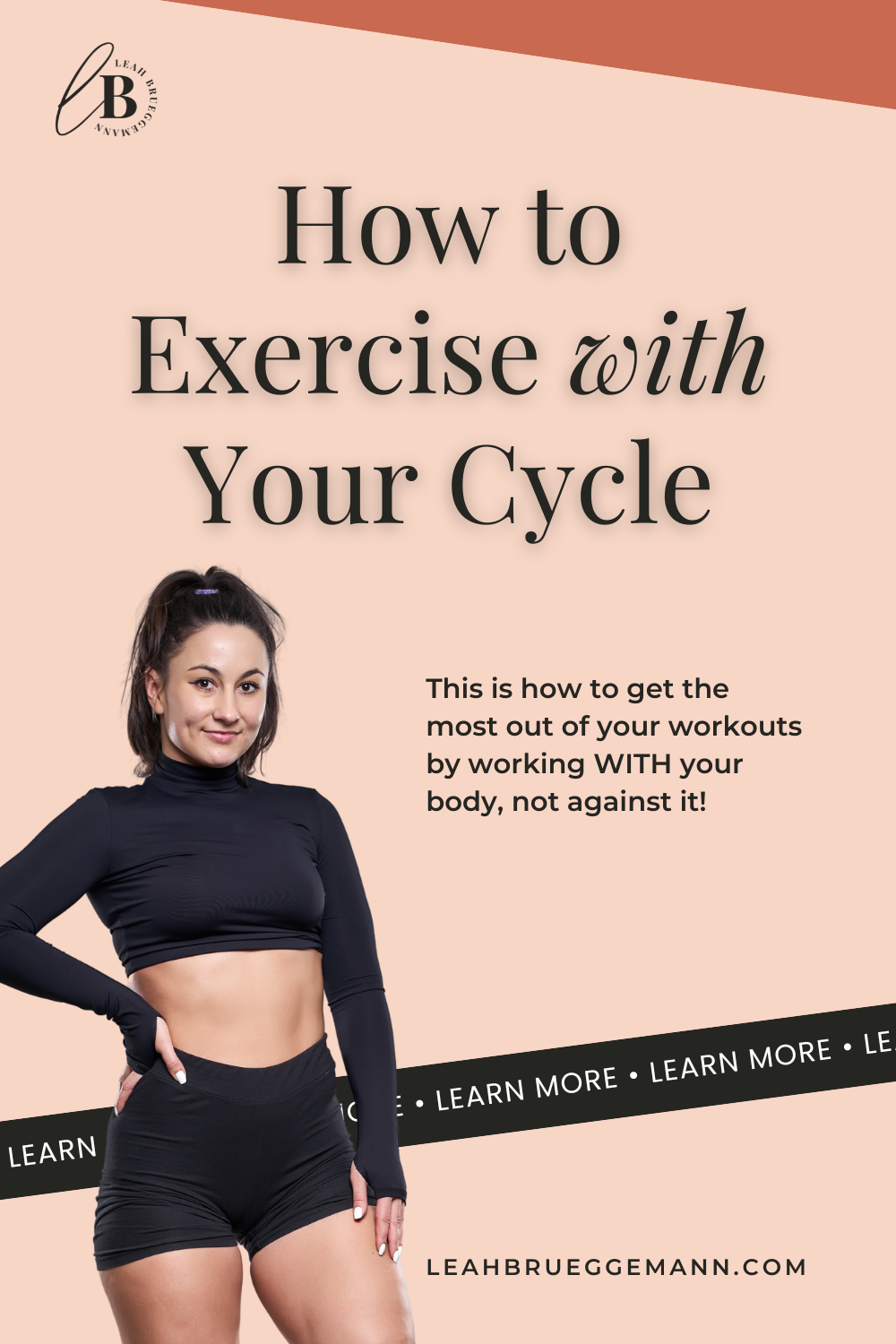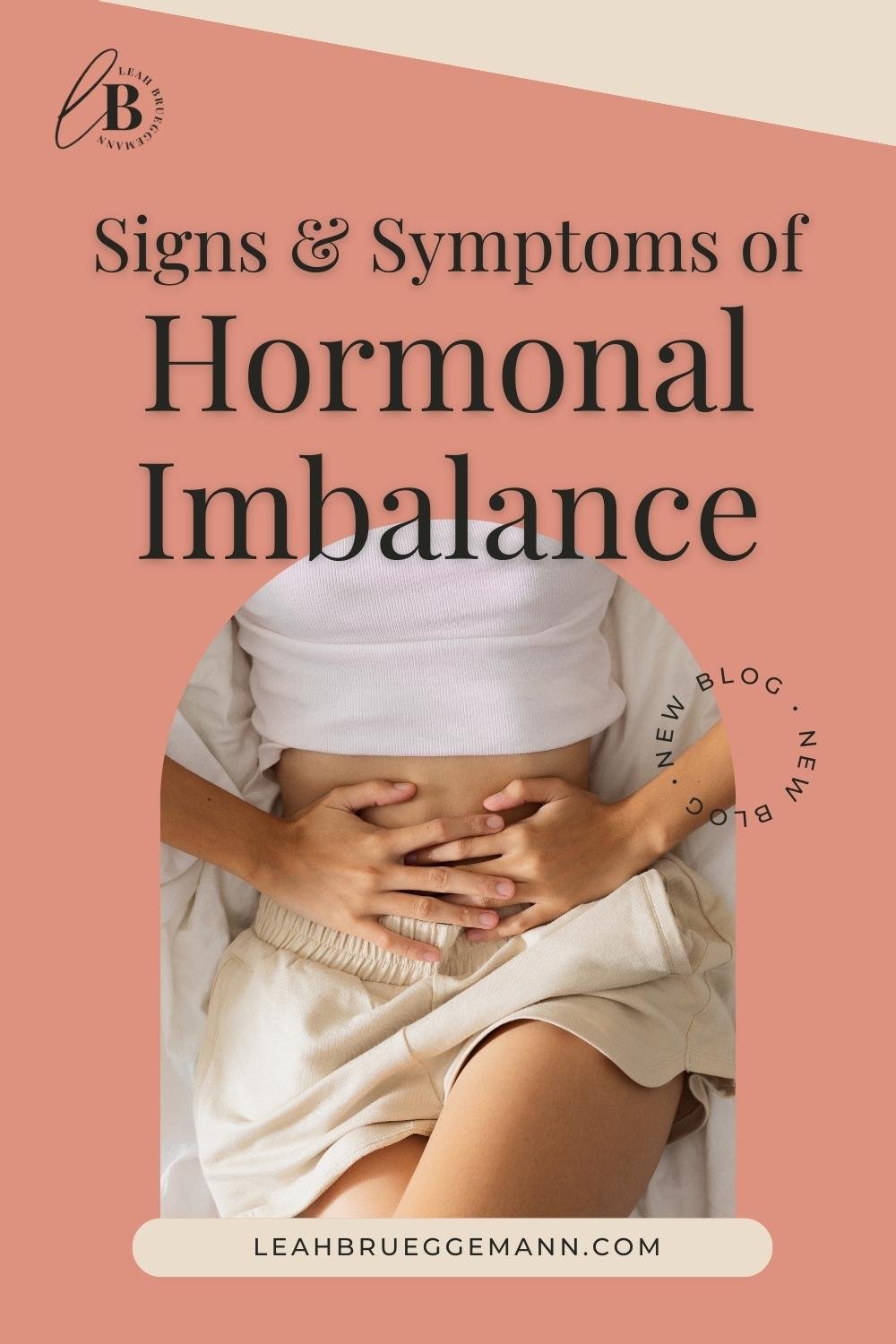What is Endometriosis?
I’ve helped multiple clients with endometriosis improve their physical health, mental health, and reduce their pain levels. And I want to share this information with you so that you too can find relief for endometriosis pain! But before digging into how to manage your endometriosis, let’s talk about what it actually is, in case you're like, “Leah, what the heck even is endometriosis?”
Endometriosis is best defined as an inflammatory disease in which bits of tissue, that are similar to your uterine lining, grow throughout the pelvis, typically in places like your ovaries, but really it can grow anywhere. Eventually, it can actually start fusing things together, which is horrible. It can cause severe pain, scarring, infertility, and severe bloating to name a few things.
Sadly, endometriosis is quite common.
At this time, about 1 in 10 women will have endometriosis.
It starts quite young, but (this is the horrible part) it typically takes up to 10 years for many women to have their endometriosis diagnosed! This is why if you have period cramps, pay attention! Don’t just ignore them and think that period cramps are normal. You don't want to go 10 years struggling with those cramps and then find out later that you could have been supporting your body and actually relieving some of that pain.
Now, period cramps don’t immediately mean that you have endometriosis. There are two categories of period cramps: primary dysmenorrhea and secondary dysmenorrhea.
Primary dysmenorrhea is caused by excess prostaglandins. Your body naturally produces prostaglandins, but women with painful periods have four times the amount of excess prostaglandins. That’s a lot! But you can significantly reduce your pain levels just through lifestyle and nutrition.
On the other hand, when you have secondary dysmenorrhea, that's when your period cramps are caused by endometriosis. Lifestyle and nutrition will still play a huge role in finding pain relief, but you do need to approach endometriosis holistically, with support from a medical team.
So, to find relief for endometriosis pain, your lifestyle and nutrition are absolutely necessary, but we also want to go a lot deeper to understand it and know how to advocate for yourself because endo is so complex.
Endometriosis and Estrogen
One thing that is very important to know is that the endometrial tissue lining can produce estrogen. So that is why a lot of times when you have endometriosis, you are also going to have pretty extreme, high estrogen, which feeds inflammation in the body.
So, if you have endometriosis, you need to run a Dutch test (I do this with my clients inside the Hormone Reset Premium Access Program). I feel that this is non-negotiable at this point because you want to be looking at all the different types of estrogen and also seeing how estrogen is getting out of your body and what pathways is it metabolizing down.
This is important to understand specifically what’s happening in YOUR body because it could be that maybe your estrogen ISN’T super high, but it’s metabolizing down one of the wrong pathways. And then this is making everything worse, even though if you were to just run a blood test, your estrogen levels would look normal. So that’s the number one thing to look into!
Causes of Endometriosis
When you ask, “What causes endometriosis?” We can see the links, but it’s still a very complex issue.
Endo has also been linked to environmental toxins, so reducing your toxin exposure is really important, but that’s something very few people are talking about! The National Institutes of Health National Toxicology Program estimates that more than 80,000 chemicals have been released into our environment over the past few decades. And there’s very little data assessing the potential risk of these toxins on the human population.
And among these toxins is a massive endocrine disruptor, which is called TCDD. TCDD is resistant to degradation, which means that it can accumulate within the human body, especially in areas of fat storage. And it has an estimated half life of about 11 and a half years in your body. Very high levels of TCDD are found in breast tissue. Studies have shown very high levels of this toxin in breast milk in Belgian women, which, interestingly, is also one of the countries with the highest incidences of endometriosis. So, we’re not going to immediately say that your exposure to this chemical will give you endometriosis, but there’s obviously a big correlation here and we want to be mindful of that by reducing our toxin exposure as much as possible.
Thankfully, getting diagnosed with endometriosis does NOT mean you just have to suffer through your symptoms. In fact, there are plenty of ways that you can support your body and relive painful endometriosis symptoms just through your lifestyle and nutrition!
Find Relief from Endometriosis inside the Hormone Reset Premium Access Program!
Together, we’ll complete a DUTCH test and hair mineral analysis to find out EXACTLY what’s going on in your body and develop a fully personalized protocol to support your hormones.
The recommendations presented in this blog are not a substitute for medical advice from a qualified doctor. Before making any changes to your diet and lifestyle, please consult with your health care provider.
Some links may be affiliate links.




